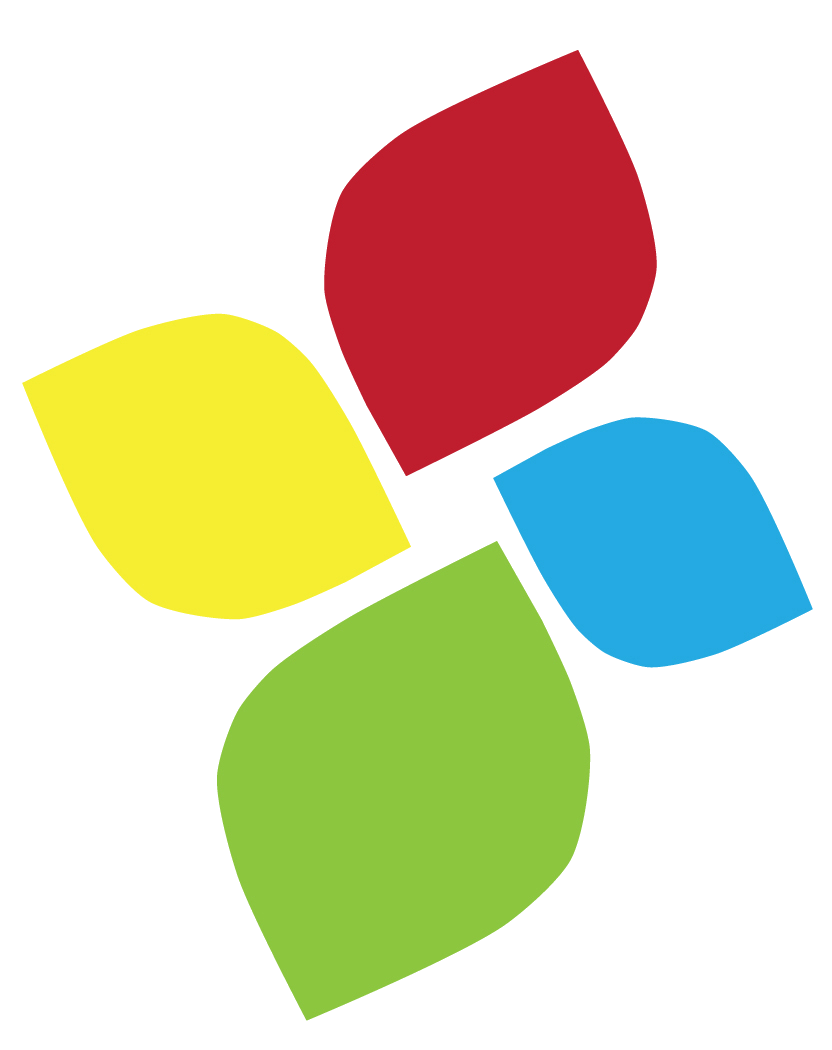Mastery of Assistive Technology: What Have We Learned Lately?
Date/Location:
January 8, 2025
Description:
As society looks to the future of life in the 21st Century, it inevitably encounters the question: How can people with disabilities be successful in a world that heavily depends upon technology? Currently, people with disabilities can use assistive technology (AT) to help them accomplish what they might not be able to do otherwise. For instance, a student who struggles with spelling can use speech-to-text tools to dictate assignments and reports. A struggling reader can use a screen reading tool to have printed text read to them. But do they possess the level of mastery of technological skills required to be successful in post-secondary studies or to find and keep appropriate employment in the future? How should we help prepare students for their transition to the next level, given that each person with a disability faces different challenges and possesses unique abilities? Additionally, how will their progress toward mastery be measured? How will their success be realized? Mastery of AT involves use and experience with technology such that it becomes an extension of the individual user. Full mastery may be referred to as becoming a “power user” or an “empowered user”. The challenge of Mastery also involves how to identify and fit the technology to the individual as well as to the setting, so that the recommended AT helps the individual learn and work successfully. This session presents the findings of a research study of mastery of Assistive Technology (AT) and its implications for persons with physical disabilities in employment settings conducted at Georgia Tech’s Center for Inclusive Design and Innovation. The findings suggest a way of thinking about how people with disabilities master AT. A conceptual framework for measuring mastery of AT will be shared which maps the journey of individual users from beginner to empowered user across four sub-scales of AT use. This tool for measuring AT mastery will be shared. Participants will be invited to do a self-evaluation of their personal mastery of a particular AT tool followed by a discussion of this approach to measuring AT Mastery and its applicability to employment settings and people with physical disabilities.
Speakers:
Ben Satterfield, EdD
Learning Outcomes:
Participants will list the four constructs that comprise mastery of assistive technology.
Participants will list at least three indicators or predictors of being an “empowered user” of Assistive Technology.
Participants will list the four stages involved in the journey toward mastery of assistive technology
Participants will identify at least one possible application of the CATM-PD that might be useful in your local setting.
Participants will assess their own level of mastery of AT with regard to some AT tool.
______________________________________________________________________________
CEUs This activity is offered for up to 0.1 CEUs (1 hour of instruction). To register for CEUs:
Download and complete the following forms.
Save the files names: 250108_TOOLS_Lastname_Firstname
Send both files to ceus@aacinstitute.org
Upon completion of the two forms and passing the quiz, a CEU certificate will be sent
Note: If any difficulty is encountered in using this form, write to ceus@aacinstitute.org to request an alternative file format.
